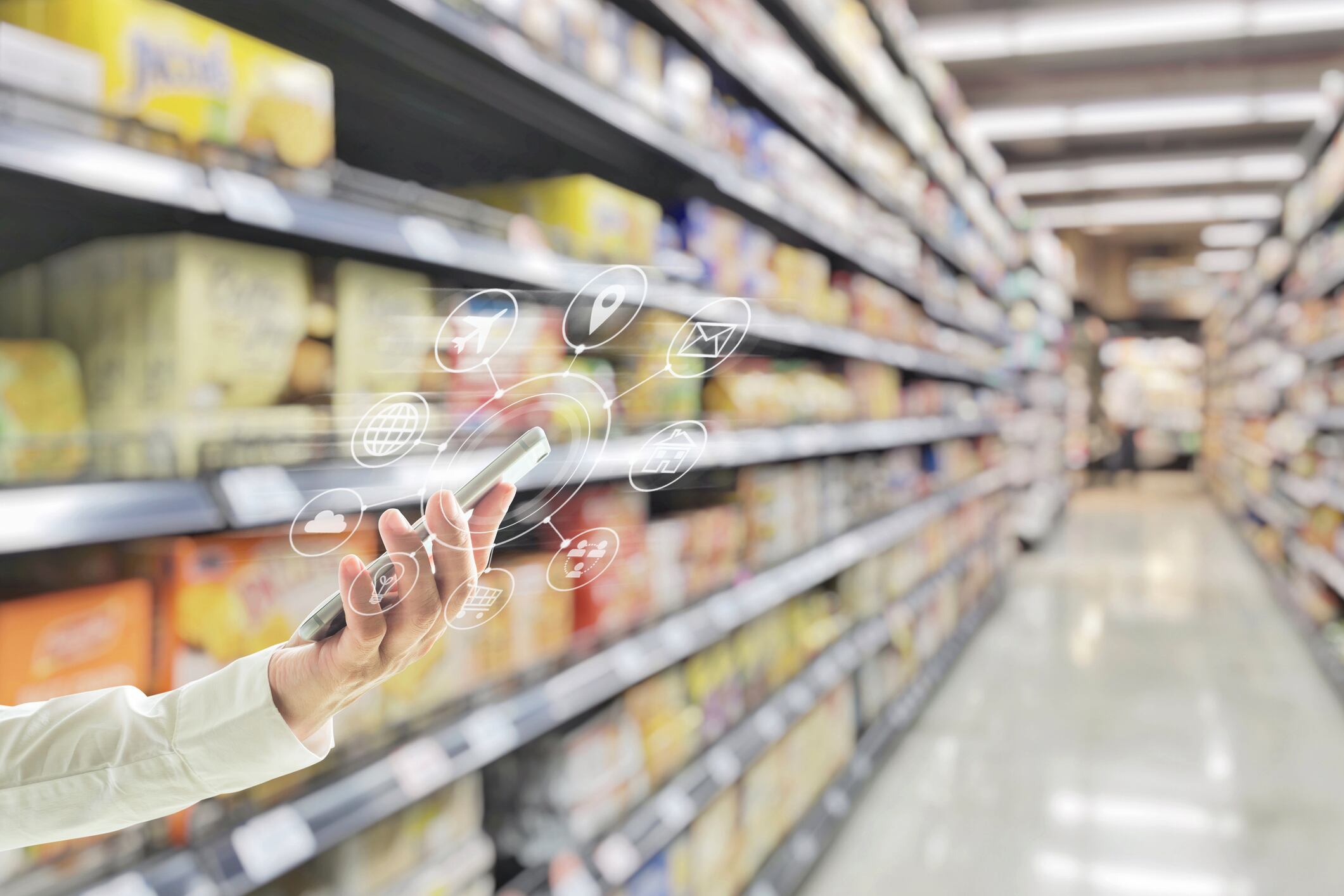How can manufacturers embrace omnichannel?
- 90% of consumers are omnichannel shoppers, demanding seamless experiences across platforms
- Ecommerce now drives 25% of consumer spend, but many brands underinvest
- Tariffs and inventory issues are reshaping consumer priorities and holiday forecasts
- AI and retail media are transforming how products are discovered and purchased
From the rise of omnichannel shopping to the growing dominance of ecommerce, brands and retailers are being forced to rethink everything from strategy to execution. And this pace of change is rapidly accelerating, experts from Circana and Firstmovr claim.
Tariffs, inventory challenges and shifting consumer trust are all contributing to a volatile environment for manufacturers and retailers. Yet, ecommerce continues to grow, commanding a larger share of spend and offering new opportunities for brands willing to invest in digital-first strategies.
But what should manufacturers and retailers focus on? Why should they explore certain retailing avenues? And how can they build a strategy that will generate the sales?
1) Omnichannel is not optional, it is the new consumer default

Most (90%) consumers are omnichannel shoppers, explains Circana VP of global consumers solutions, Anne Zybowski.
This means they’re not choosing between browsing online or shopping in stores; they’re doing both and often simultaneously. Now, they also expect seamless experiences across all brand and retailer touchpoints, an attitude driven by a need for convenience, but also control as consumers seek to shop on their terms.
However, many manufacturers lag behind in understanding the full scope of omnichannel’s opportunities and threats. Digital partnerships are often underdeveloped, and strategies not aligned with how consumers actually shop.
As a result, brands need to invest in cross-functional retailing to remain competitive in this new landscape, advises Zybowski in a recent webinar aimed at unlocking CPG omnichannel growth.
2. Ecommerce is the engine of retail growth. But it’s underleveraged

Ecommerce now accounts for $1 in every $4 spent, and yet many brands still treat it as a secondary channel, argues Firstmovr Chief Growth Officer Oskar Kaszubski, speaking on the same webinar.
Unit sales are declining in brick and mortar but growing in ecommerce. The problem? That growth isn’t being fully exposed or capitalized by CPGs, according to Kaszubski.
Some of this can be attributed to a dangerous and persistent mindset: When physical retail underperforms, budgets and focus can be pulled from ecommerce rather than being reallocated to support it.
This kind of thinking needs to change, warns Kaszubski, because ecommerce isn’t just a backup plan, but the primary growth driver now.
For example, “70% of Walmart’s omnichannel growth is in ecommerce,“ explains Zybowski. “So, if we’re not investing there and focusing, then we’re missing out on opportunities.”
3. Tariffs, trust and tradeoffs: The 2025 consumer mindset

The economic and consumer uncertainty of 2025 has exceeded even the levels seen during the Covid-19 pandemic argues Zybowsk.
Consumers are feeling the pressure, and it’s showing in their behavior. Discretionary spending is down, and shoppers are becoming more cautious, especially when it comes to non-essential services, adds Kaszubski.
Tariffs play a major role in this shift, though they currently mostly are impacting toys and big-ticket purchases more than lower cost items.
However, there could be a glimmer of hope as Zybowski says polls documenting consumer concern over pricing and spending does not always translate into action.
4. Retailers are becoming media companies and AI is the catalyst

Retailers are no longer just selling products, but are selling visibility. As Kaszubski puts it, many are shifting toward advertising as a core revenue stream, and this is transforming how brands must think about digital shelf presence. Paid retail media is becoming essential, and digital visibility is no longer guaranteed just because a product performs well in-store.
AI is accelerating this transformation. Kaszubski highlights how large language models (LLMs) are beginning to act on behalf of consumers. However, they are not only surfacing products as search engines do, but product specs, reviews and even influencing pricing decisions.
This means retailers will likely build AI-powered pricing agents and new service layers that change how consumers interact with brands, he predicts.
Brands’ digital content strategies must therefore evolve beyond the traditional, advises Zybowski.
“There are different algorithms in AI that go beyond SEO and organic search,” she says. “All the dots need to be connected.”
Retailers and brands must now think holistically about how their content, pricing and availability strategies align across platforms and what decision-forming information will be pulled – and from where – for consumers.
5. Winning in digital requires clarity, not complexity

As additional complications emerge in business – AI, tariffs, omnichannel, retail media and consumer trends – it’s easy to become overwhelmed. However, Kaszubski argues that should not be the case and brands should remain wholly focused on their “one clear vision” to succeed.
The key is clarity. Teams need to understand what success looks like and how to get there, he explains. That means aligning ecommerce goals with overall brand growth, not treating them as isolated targets.
For Zybowski, ecommerce should support the brand holistically and not operate in a silo.
There is also a need to rethink how categories are viewed. Kaszubski said he believes CPGs often see categories too narrowly and focus on the product rather than how it is sold. This leads to missed opportunities in digital shelf strategy, where visibility, availability and activation are critical.
Ultimately, success in 2025 and beyond will come down to people, process and technology – but only if they are aligned under a clear, actionable vision.
Key takeaways:
- Omnichannel shopping is the new norm, with 90% of consumers engaging across multiple platforms, necessitating seamless brand experiences
- Ecommerce is a primary growth driver, yet underutilized by many brands; it now represents 25% of consumer spending
- The economic landscape for 2025 is defined by consumer caution due to tariffs and spending shifts, affecting discretionary purchases
- Retailers are evolving into media companies, with AI transforming product discovery and digital shelf strategies becoming crucial
- Success requires clarity in goals and alignment across ecommerce and brand strategies, avoiding silos and focusing on holistic growth





